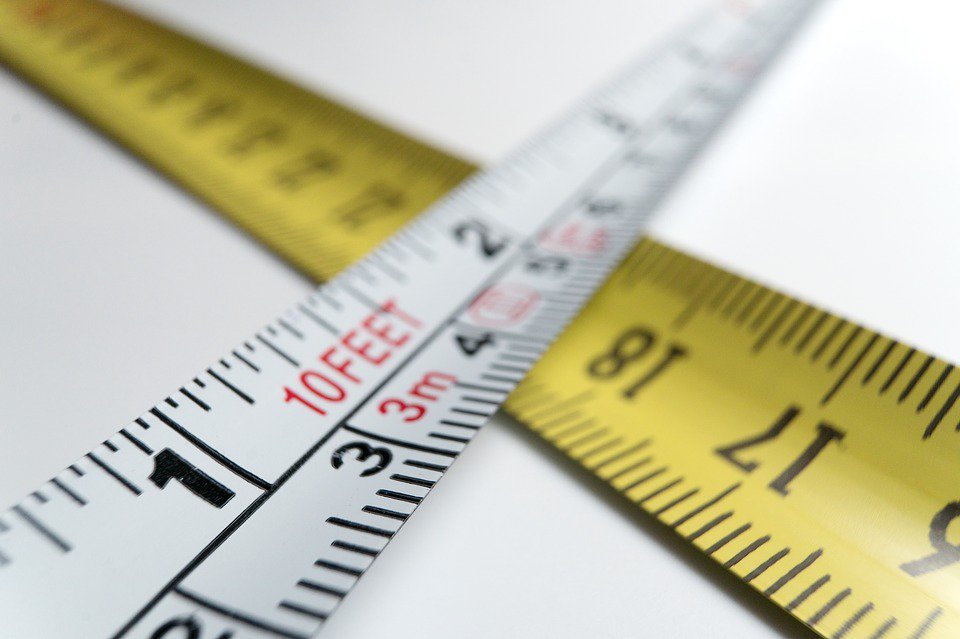Units of measurement have been used since time immemorial. However, there were long-standing issues.
For starters, it was common for different regions to use different units of measurement, which complicated trade as well as other interactions between them. Even with a strong central authority standardized units of measurement, the passage of time could undo its efforts, particularly if it weakened to the point of either negligibility or nonexistence.
One of the biggest contributors to this problem was the fact that units of measurement were often based on something arbitrary. For example, the fathom was once based on the distance between the outstretched arms of a large man. Under these circumstances, it was no wonder that people started thinking about units of measurement based on something constant and invariant in the natural world that could be used on an international basis.
The French Revolution was a time of sweeping change. As a result, some of the revolutionary leaders used it as a chance to standardize their system for units of measurement. The French invited both Great Britain and the United States to participate in the project in 1790. However, when they were refused, they decided to go at it on their own. The new unit of length was the meter, which was set at one ten-millionth of the length of an Earth quadrant.
Meanwhile, the new unit of mass was the kilogram, which was based on the mass of a cubic decimeter of water. In 1799, France adopted the metric system, which would lead to the International System of Units that exists in the present time.

